But is that an impossible task in today's age, when most newspapers are struggling to survive, strangled by the very technology platforms that are spreading misinformation?
“Truth is threatened by misinformation”
Speaking ahead of World Press Freedom Day earlier this month, UN Secretary-General Antonio Guterres issued a call and expressed concern for journalists and media around the world. “Truth is threatened by disinformation and hate speech that seek to blur the lines between fact and fiction, science and conspiracy,” he said.
Meanwhile, AG Sulzberger Media Group - the owner of the New York Times, also made a statement in mid-2023 that: "The internet has unleashed a flood of misinformation... and the problem of "clickbait" is now overwhelming our information ecosystem... accelerating the decline of social trust".

Fake news, misinformation and toxicity are being fueled by Artificial Intelligence. Illustration photo: GI
The above statements have highlighted the problem of misinformation and fake news, which is a challenge for the press, even overwhelming the mainstream press. This is not difficult to understand when the majority of people, including loyal readers of the press in the past, are increasingly moving away from traditional press, to enter a world of social networks: although attractive, but full of temptation and full of misinformation.
Just by analyzing this much, we can understand that the press is facing an unequal battle with social networks, where millions of “self-publishers” can write arbitrary information and billions of users are waiting to consume those sources. Meanwhile, traditional press sources are struggling to retain their few remaining readers.
In particular, 2023 was also the year when the phenomenon of fake news and false news exploded violently thanks to the help of artificial intelligence (AI) and thanks to a series of "hot" events happening in the world.
Soon after ChatGPT was released and a series of new AI tools were deployed in late 2022 and early 2023, a series of misinformation appeared on technology platforms and social networks. Among them, the deepfake fake image problem in particular, when many famous people in the world were smeared or distorted by bad guys. For example, there was a fake image of former US President Donald Trump being dragged away by police in the middle of the street, an image of Russian President Vladimir Putin being arrested, or other fake images of Pope Francis.
Almost every time there is a major event in 2023, social media platforms are immediately flooded with spam, misinformation, fake news, toxic news, and even news that incites violence. For example, when the Titan submarine exploded while exploring the historic Titanic wreck, a series of conspiracy theories appeared about this incident on TikTok, Facebook, Telegram, and especially YouTube; put forward by "network experts" or "home journalists" who have no sources or expertise in this field.
Even at the 2023 Davos economic forum, conspiracy theories and misinformation abounded online, suggesting that the forum was dominated by a group of elites manipulating global events for their own benefit. “ This is no longer an underground conspiracy theory… We are seeing it on social media platforms shared by even ordinary people,” said Alex Friedfeld, a researcher at the Anti-Defamation League.
Next, in the Hawaii wildfire disaster, a series of childish and absurd misinformation also appeared when some famous social media accounts said that this incident was caused by giant lasers. Yet such posts still attracted a large number of views and comments. In particular, the Israel-Hamas conflict saw a rampant amount of misinformation, with fake images created by AI, posts inciting violence or ethnic hatred from all sides.
Of course, there are countless other false information and fake news that users can see every day when accessing social media platforms. Simply put, the more shocking, absurd and even extreme the news is, the more it attracts viewers, thereby benefiting those behind it.
Journalism cannot surrender
So what is the attitude of the press towards the above mentioned problem of misinformation, fake news and toxicity? With the core mission of bringing the truth to the public, it is obvious that the press needs to fight this problem. However, in the current context, it seems like an unequal battle? As mentioned, people are flocking to technology platforms and social networks, increasingly moving away from traditional news. Even more worrying, misinformation has just "grown wings" after the rise of artificial intelligence.
“ This is going to be the most powerful disinformation tool ever on the internet,” said Gordon Crovitz, CEO of NewsGuard, a company that tracks online misinformation, in a commentary about ChatGPT, a pioneer in the AI era. “The creation of disinformation can be done at a much larger scale and with much more frequency using AI.”
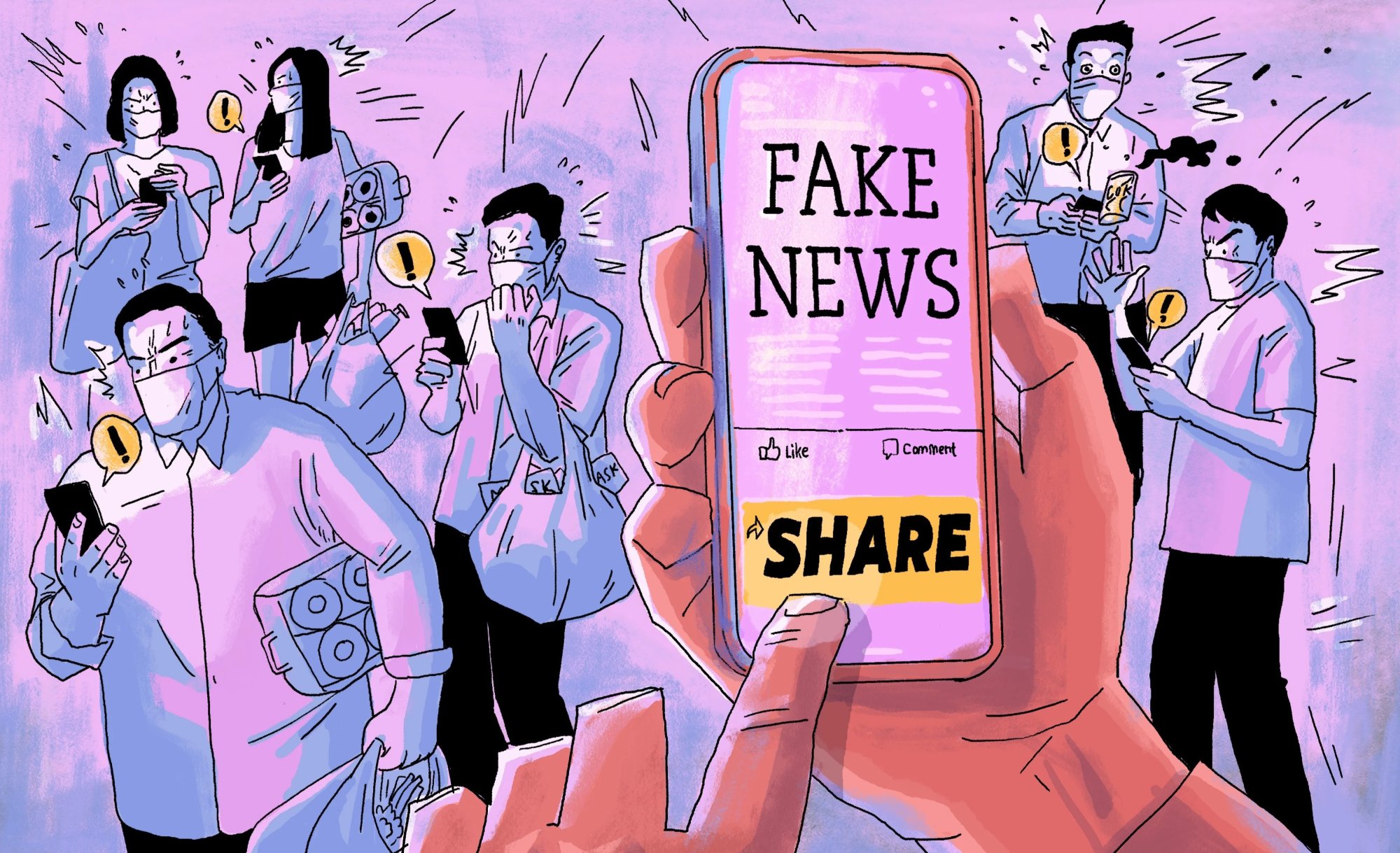
Fake news and misinformation are a major problem globally. Illustration: GI
AI is also being used to create malware, write convincing phishing emails and spread disinformation online. Sami Khoury, director of the Canadian Cyber Security Centre, said in July that his agency has seen AI used “to write phishing emails, create malware and spread fake news and misinformation.”
The fight of journalism against misinformation, fake news, toxic news… is even more difficult, when social networks, where misinformation is being spread, are also suffocating the existence of journalism, taking away the jobs and income of journalists. So how can the press have the strength to carry out the task of “cleaning up” these platforms?
But if we do not enter that unequal battle and accept surrender to the suppression of false and toxic news..., the press will have lost its core value. That is, to provide accurate information, to bring the truth to the public... Will the press have to sacrifice in this battle?
No, journalism still has a lot of hope ahead. Journalism in general around the world will have to fight harder to hold tech giants accountable for misinformation on their platforms, and to stop stealing journalism’s hard work and intelligence.
Last but not least, newspapers must change to keep up with the times and win back their lost readers. Can newspapers recreate the David vs Goliath battle? Let’s wait and see!
Hoang Anh
Source



![[Photo] Looking back at the impressive moments of the Vietnamese rescue team in Myanmar](https://vstatic.vietnam.vn/vietnam/resource/IMAGE/2025/4/11/5623ca902a934e19b604c718265249d0)


![[Photo] "Beauties" participate in the parade rehearsal at Bien Hoa airport](https://vstatic.vietnam.vn/vietnam/resource/IMAGE/2025/4/11/155502af3384431e918de0e2e585d13a)

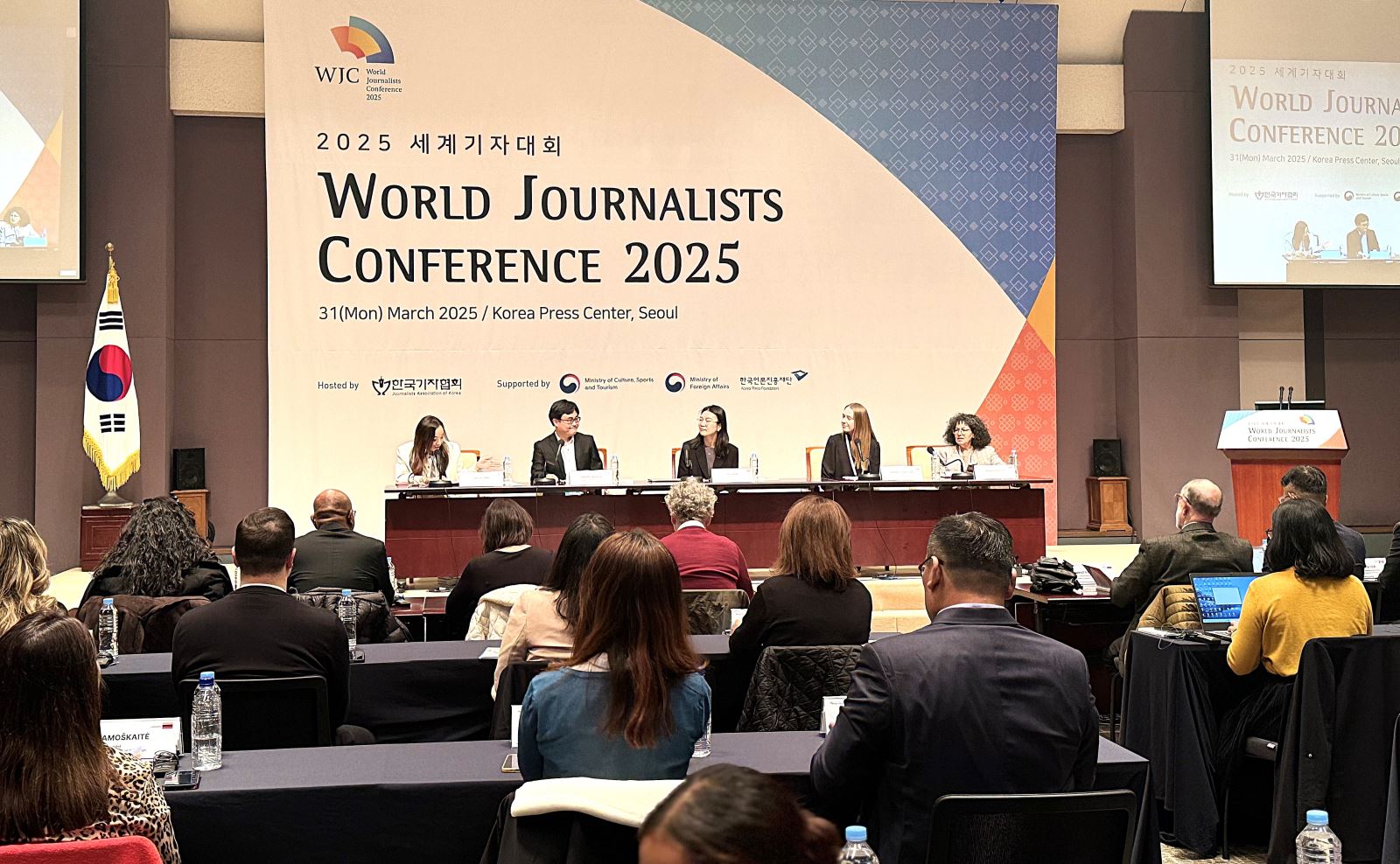

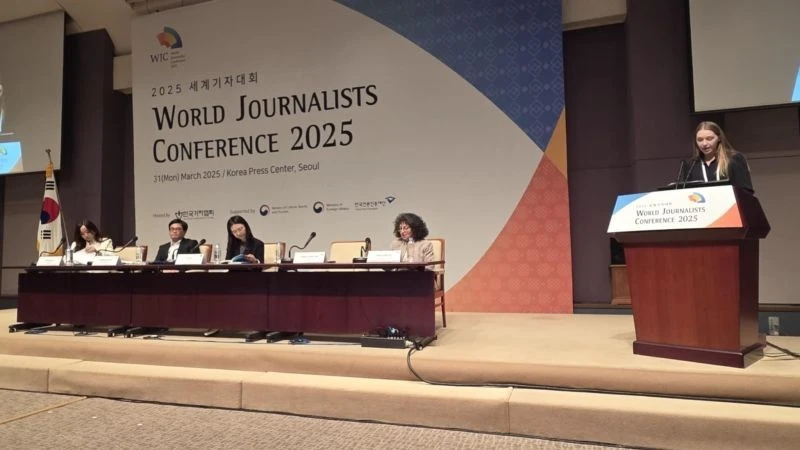



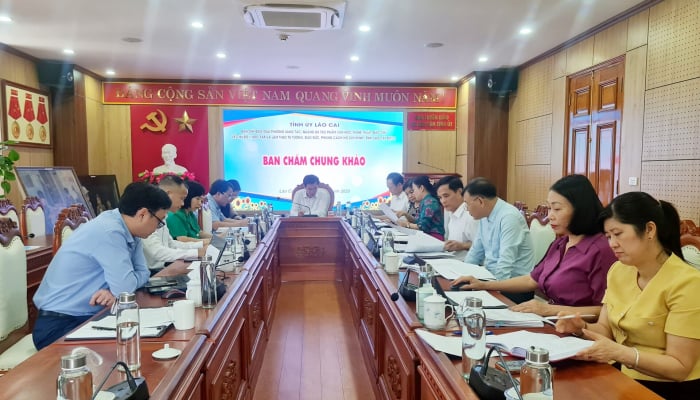












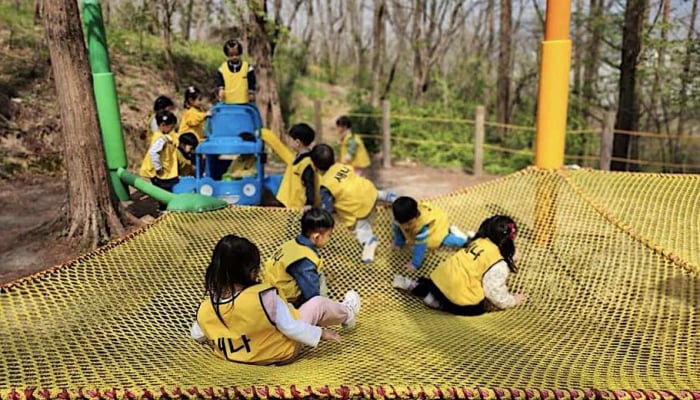


![[Photo] Summary of parade practice in preparation for the April 30th celebration](https://vstatic.vietnam.vn/vietnam/resource/IMAGE/2025/4/11/78cfee0f2cc045b387ff1a4362b5950f)









































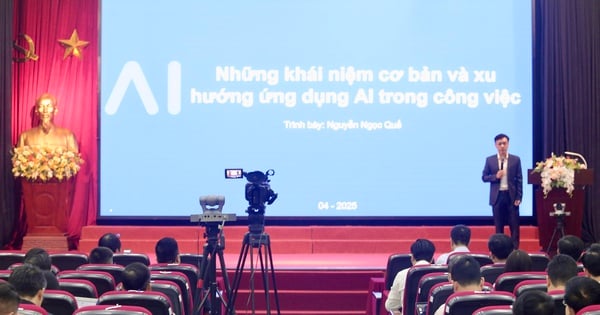
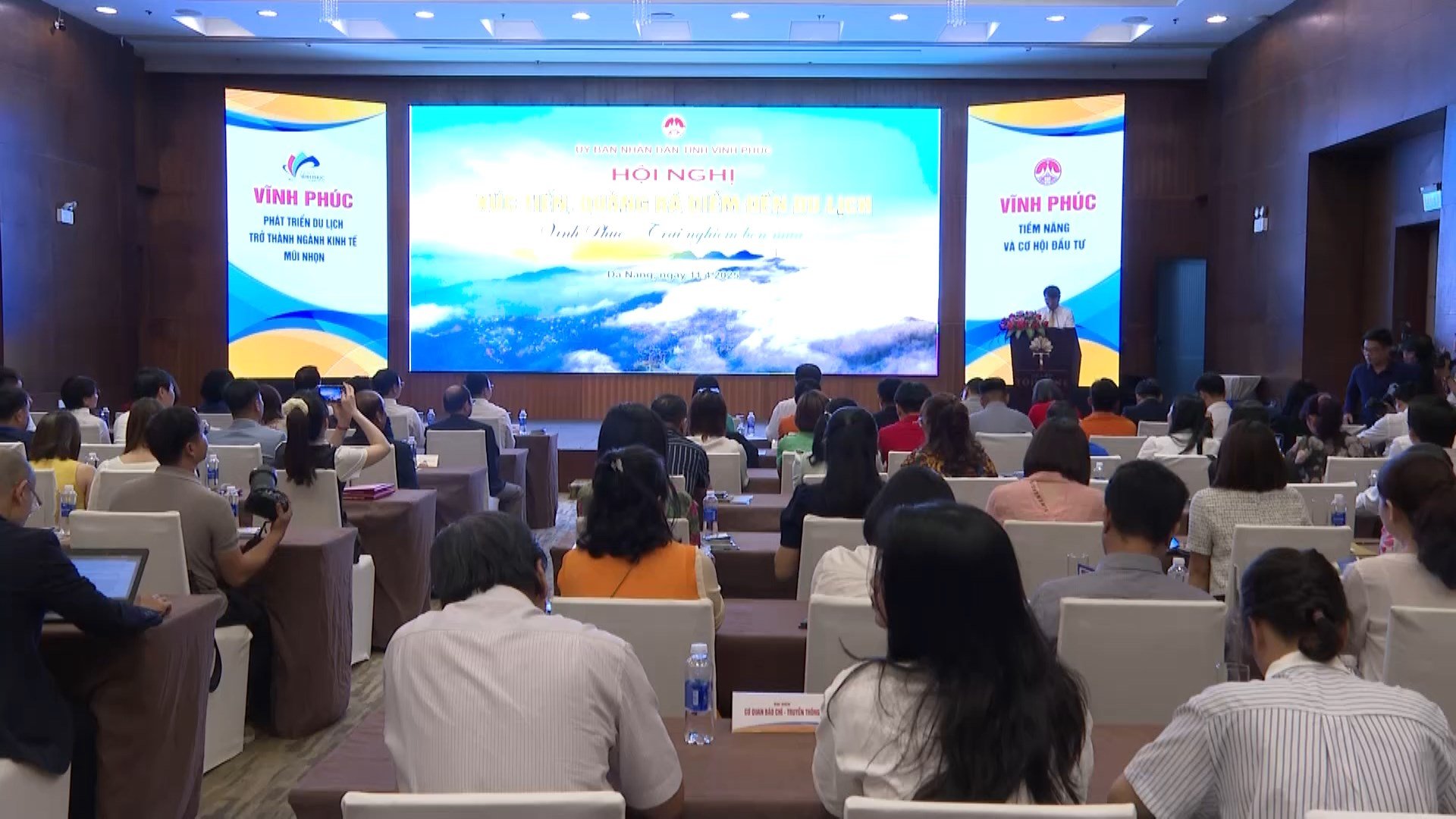



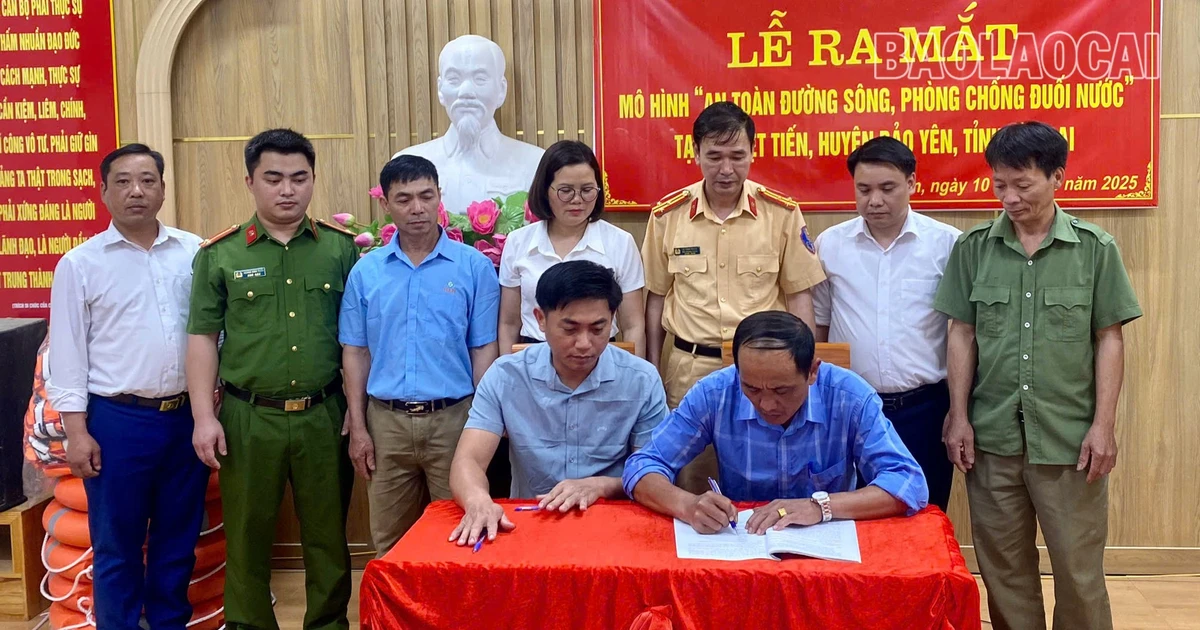


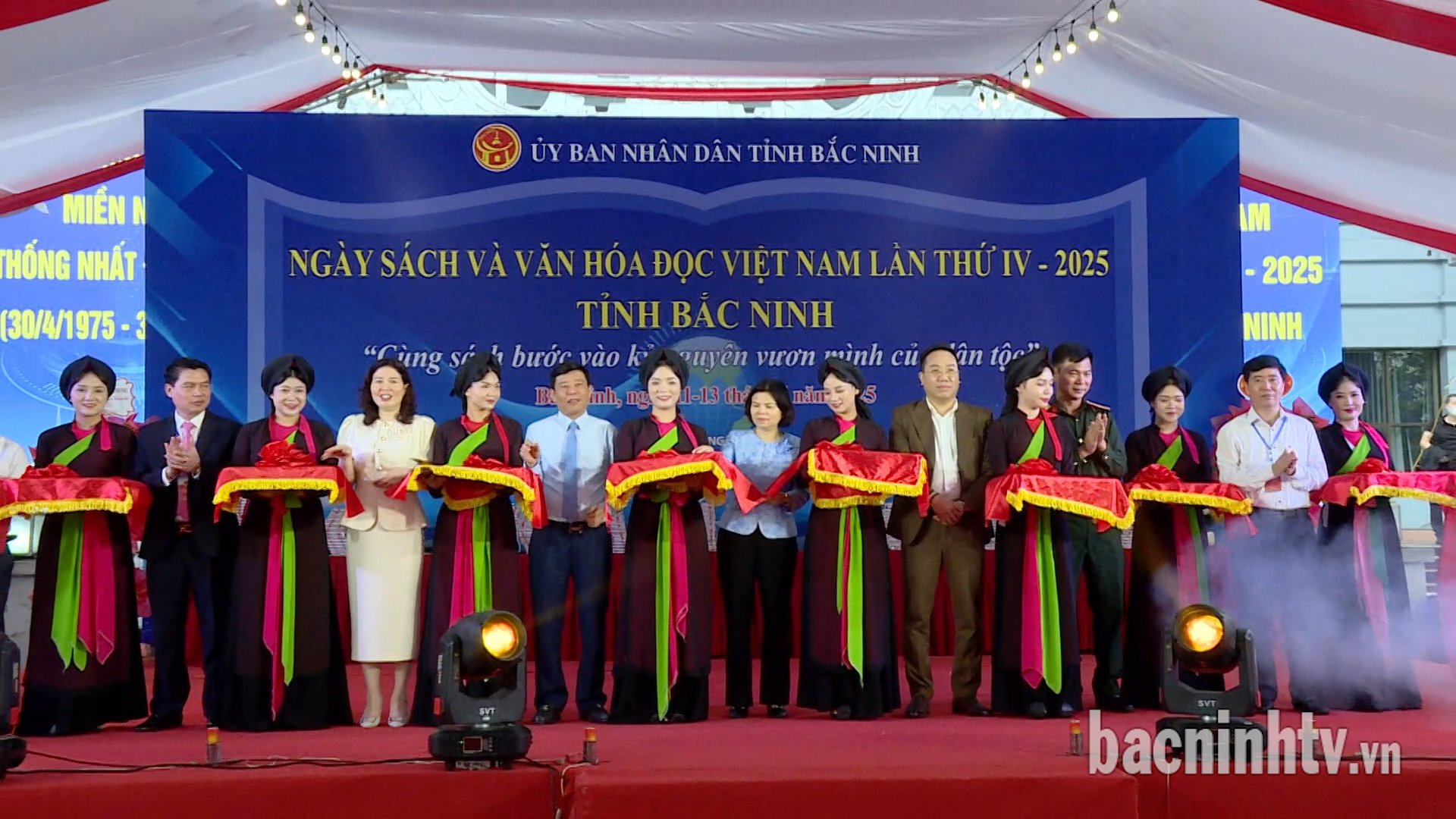











Comment (0)